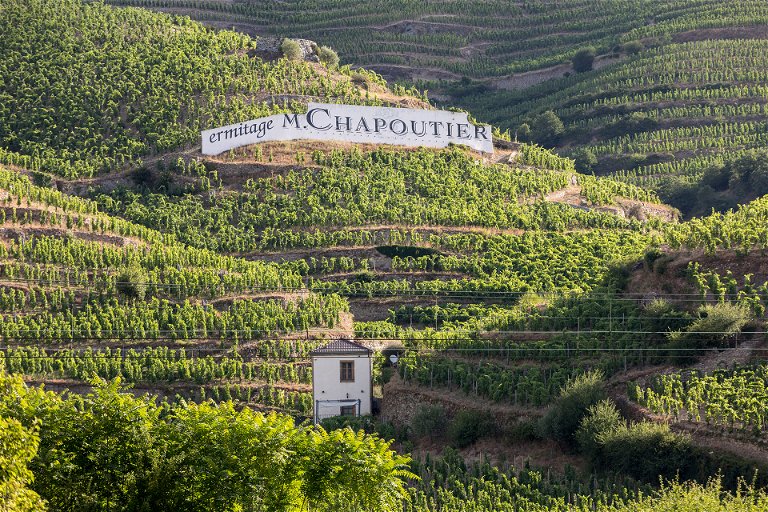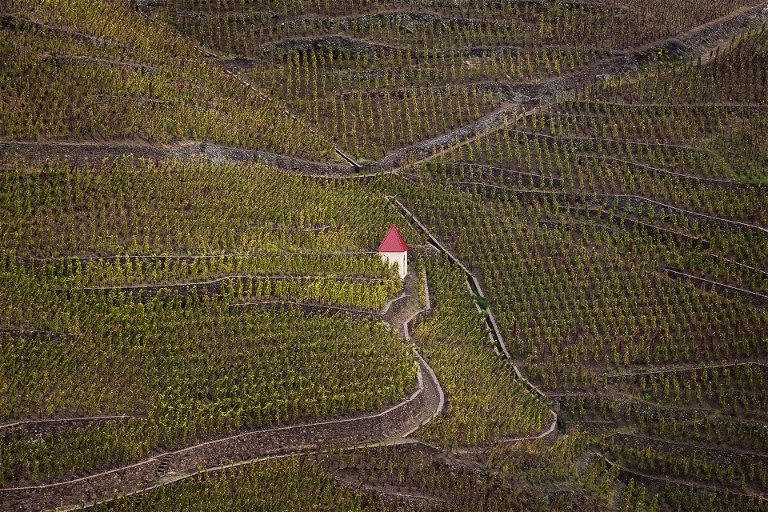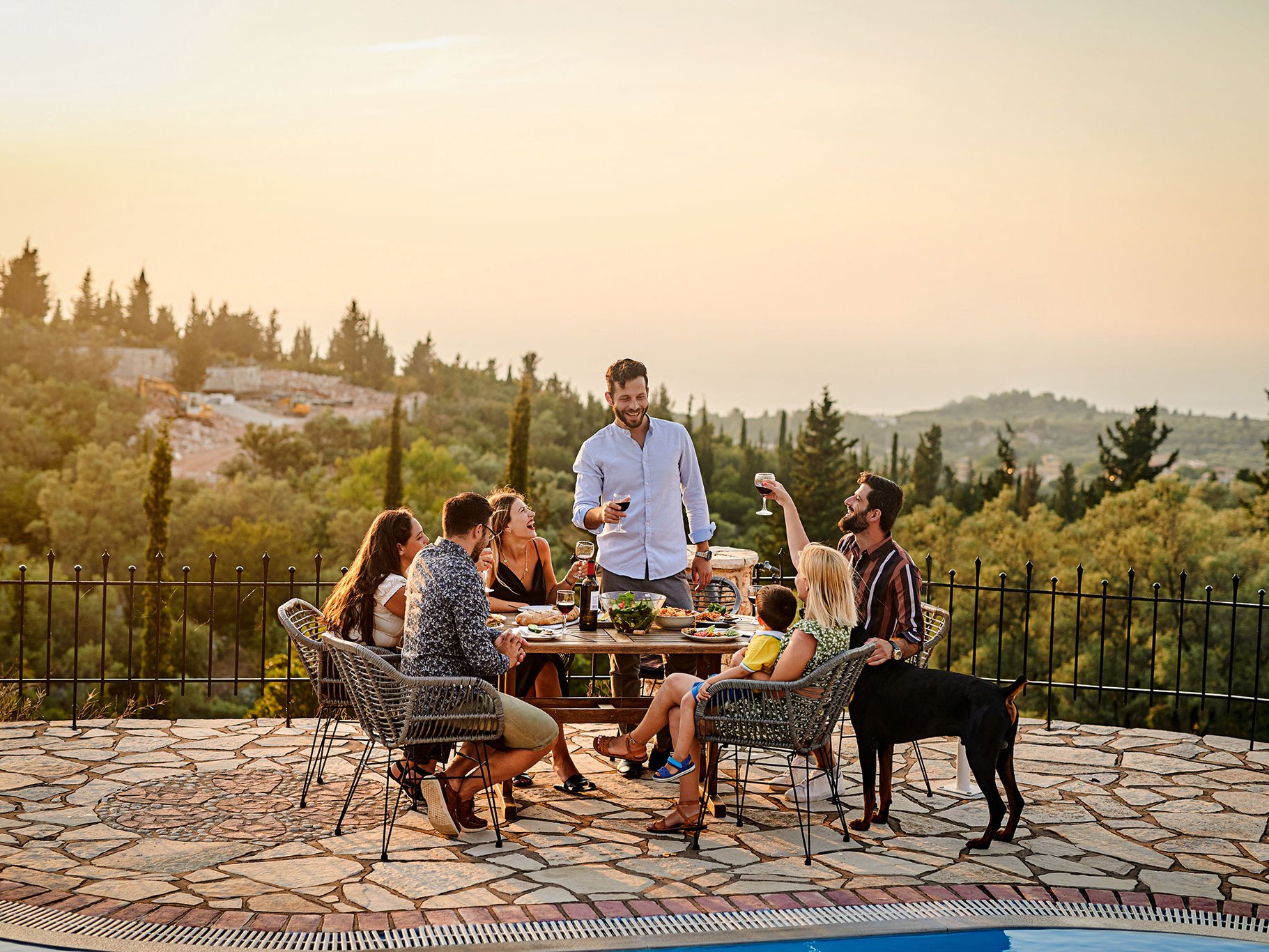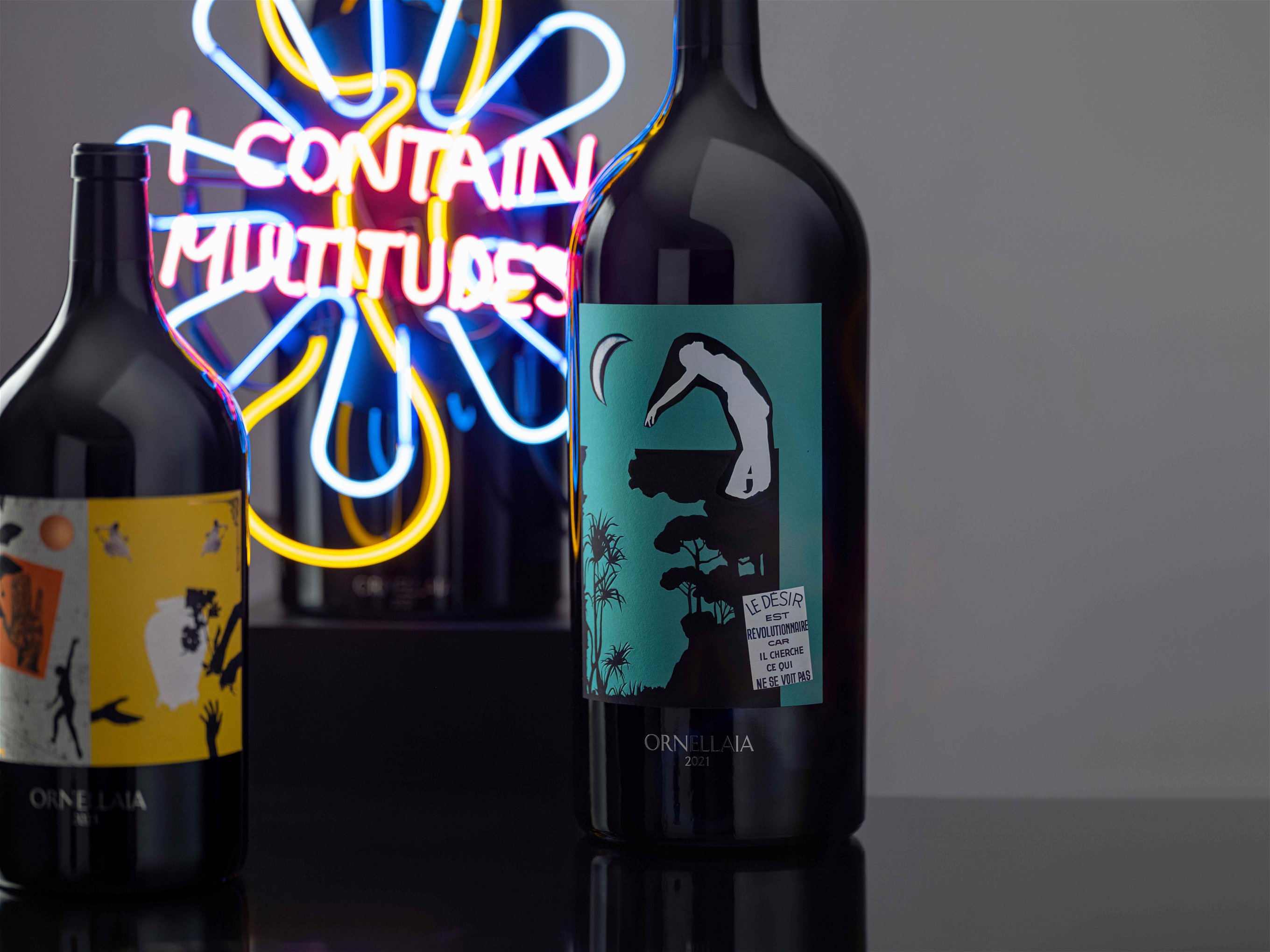Syrah in focus, part 1: the French homelands
16th February is International Syrah Day – Falstaff celebrates with a deep dive into this brooding, mysterious variety.
My grandfather claimed he couldn’t afford truly good Burgundy on a regular basis. His solution? Head south, to what was then a less fashionable region – the Rhône. Wise man. Turning his back on the Côte d'Or meant opening his cellar to the pleasures of wines like Côte-Rôtie and Hermitage as well as blends from further south still. The geographical shift also meant recalibrating his palate from the mercurial charms of Pinot Noir to a grape altogether deeper, darker and wilder: Syrah.
An air of mystery still hangs over this potent variety. First, there’s the question of name. Like any self-respecting international agent, it travels under two guises: Syrah and Shiraz (same grape, different passport photo). Whilst it’s not unusual for grapes to have local names, Malbec is Cot in parts of France, Vermentino is Rolle, grape varieties typically have one calling card internationally. Not so Syrah/Shiraz. The vagaries aren’t helped by France, where the grape reaches arguably its finest expression, shying away from varietal labelling whereas others see this as standard, sensible even. And if Syrah = old world and Shiraz = the new, where does Australian “Syrah” fit in? Confusing. There’s also a question over lineage. Syrah’s been linked variously to ancient Persia (the city of Shiraz) and Syracuse in Sicily. DNA profiling has finally confirmed its origins, somewhat unsurprisingly, as south-eastern France. It’s the offspring of two varieties no one’s heard of: Mondeuse Blanche and Dureza.
Today Syrah is the 6th most planted wine grape globally and has travelled to every major wine-producing nation. It makes single varietal wines of great distinction, from perfumed to fleshy, patrician to earthy. It’s also a sought-after blending partner. The classic GSM (Grenache, Syrah, Mourvèdre) is most familiar, but it’s also found with Cabernet Sauvignon, Malbec, even Sangiovese. Its thick skin contributes intense colour and tannins, to which it adds concentrated fruit, floral notes and spice. With age comes smoke, leather and truffle. Wilder things, too: sun-baked Provençal herbs, forest floor, menthol.
Part 1 of our guide focuses on Syrah’s classic homelands; part 2 will follow its travels around Europe and beyond; part 3 will conclude our journey in the Americas and the new homelands down under. Pop a few corks on 16th February and join us in celebrating its diversity. Santé, grand-père!
Living history: around the hill of Hermitage
Syrah reigns supreme in the northern Rhône, where it’s the only red variety permitted in the eight crus. This is Syrah at its purest, as imagined by centuries of winemakers in its ancestral home. Above all sit Hermitage and Côte Rôtie – ravishing, imperious, individual. Hermitage AOC lies on a small hill of the same name to the north of Valence. History drips from the vines here, with ghosts of Roman centurions, medieval hermits and Albigensian crusaders alike enjoying a quiet glass of red after the tourists have gone home. Individual parcels of land facing the river, sun-drenched and protected from the Mistral, are the most prized. From these “lieux-dits”, Michel Chapoutier, the area’s largest producer, creates dense, sensuous wines like L’Ermite, Le Pavillon and Le Meal. Characteristically introverted in youth, they age just as well as their Burgundian cousins into a fête champêtre of intense fruit, tobacco and liquorice, all swathed in velvet. These are wines to lay down and treasure, not least because of their price. A taste of their majesty can be enjoyed considerably sooner and at a fraction of the cost in parcel blends like Monier de la Sizeranne. Other major local players include Jean-Louis Chave and Paul Jaboulet Aîné, whose Hermitage La Chapelle received max. 100 points in Falstaff’s 2022 Syrah Tasting.

The area surrounding the famous hill offers more value, if less consistent quality, in Crozes-Hermitage AOC. This largest of the northern appellations lacks the elevation and typical aspect of Hermitage, and consequently wines tend to be lighter, juicier and more accessible. The big names make quality wines here too. Jaboulet Aîné’s Domaine de Thalabert, is fabulous value at around the £30 mark (scoring 93+ in our recent tasting). Domaine Yann Chave’s Le Rouvre balances black fruits with wild herbs at a fraction of the price of his Hermitage. Cooperative Cave de Tain, responsible for nearly 50 per cent of the appellation’s output, makes lovely, widely available wines like Les Blazons or Les Nobles Rives. There are many smaller quality producers, too, like Domaine Alain Graillot with their superlative La Guiraude.
Perfumed smoke rises to the north
Côte Rôtie is a different proposition. Here, the appellation allows up to 20 per cent white Viognier in Syrah reds. Viognier or not (and often it’s not), the wines have a fragrant and floral elegance distinct from the assertive play of Hermitage. This is the most northerly of the Rhône’s AOCs, where vertiginous valleys make consistent viticulture possible only by orientating vineyards towards the sun and protecting them from prevailing northerlies. Clinging to the very edge of the possible, vines are grown in low bushes, staked into the earth – all adding to the mythology of these wines and their characteristic flavours.
Too much sun and ripeness favour fruit expression in Syrah, sometimes to the detriment of subtler floral and pepper aromas. In Côte Rôtie, these more ephemeral elements are to the fore, a profile exploited by winemakers like Vignobles Levet (La Péroline is another big Falstaff favourite) and Domaine Jamet. Most famous of all is négociant E. Guigal whose Château d’Ampuis and the heady “LaLas” (La Mouline, La Turque and La Landonne) are some of the most expensive of Rhônes. Atypical in their focused use of new oak, they have enormous presence and texture. Wines like Ampodium from Domaine Rostaing offer more affable/affordable delights.

Beyond the famous crus, savvy buyers look to the north’s IGP Collines Rhodaniennes. Indication Géographique Protégée wines rank below AOC crus, but value and experimentation are hard-wired into the category. Take Chapoutier’s La Combe Pilate Syrah, wearing its varietal name proudly on the label: it’s 100 per cent Syrah and exceptional value.
The fruit-driven blends of the south
If the northern Rhône is classic French chic – good bone structure draped in Chanel fabric – then southern Rhônes have more Marcel Pagnol rusticity. It’s still carefully curated pastorale (this is the back garden of the Avignonese Popes, after all), but you can feel the tension of the northern wines relaxing into the Mediterranean south. Syrah remains the second most planted variety, behind Grenache, despite some areas being too hot for complete success. Showing more pronounced fruitiness than in the north, it is almost always blended here, commonly with combinations of Grenache, Cinsault, Carignan and Mourvèdre.
Côtes du Rhône AOC and Villages AOC wines, for simple economic reasons, hail mostly from this area. Consequently, they tend to be Grenache-heavy. The négociants of the north, however, are slow to put aside their Syrah obsession, so familiar figures like Guigal and Jaboulet Aîné typically favour Syrah-inflected blends even here. The former’s Côtes du Rhône (50 per cent Syrah) and the latter’s Parallèle 45 (40 per cent) make delightfully easy yet structured drinking. And what of the mighty Châteauneuf-du-Pape? Blends vary, but Syrah almost always plays second fiddle to Grenache, often third, fourth. In the other Southern crus, too, well-known names like Carriane, Gigondas and Vacqueyras. Vinsobres, less familiar, is the most northerly of the lot. Their wines have a “distinctly northern character”, as Inter Rhône puts it. Many remain Grenache-dominated, but Domaine Jaume for example makes excellent Syrah-forward reds, including Référence (50 per cent Syrah) and Altitude 420 (at 40 per cent).
Syrah begins to travel
Syrah continues as a blending partner across much of southern France: it’s one of the most commonly grown grapes in Languedoc-Roussillon and Provence. Costières de Nîmes AOC, usually casts it in supporting roles in Grenache-driven red (and rosé) blends, but Syrah-focused examples (e.g. Chapoutier’s Le Caprea) can be found. To the West lies Pic Saint-Loup AOC, whose continental climate (not unlike the northern Rhône) allows Syrah to push forward again. Wines from producers like Mas Bruguière offer excellent value: their la Grenadière is 90 per cent Syrah, L’Arbuse at 50 per cent. Further west still is Minervois. La Livinière is the village to look out for on labels. Their reds, like Château Sainte Eulalie’s La Cantilène, offer a floral, herbal take on Syrah. Wonderfully reminiscent of northern Rhône chic, they are a positive steal.













